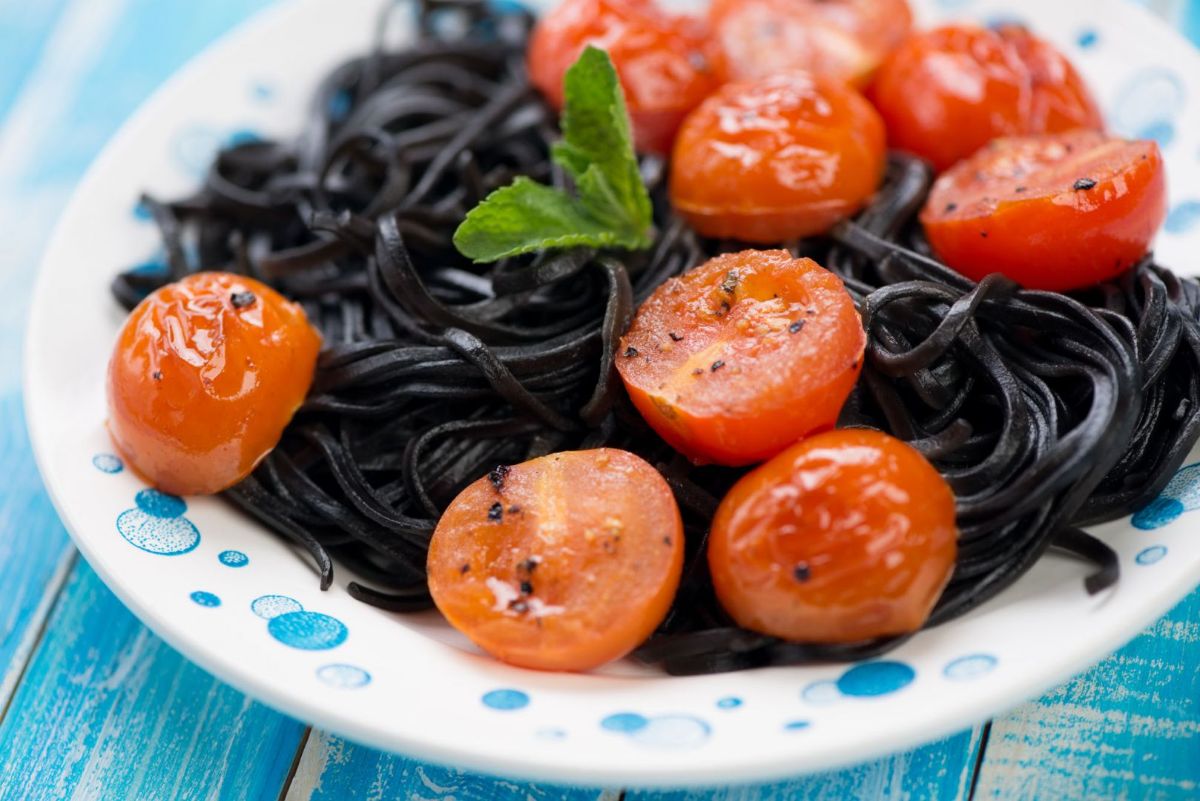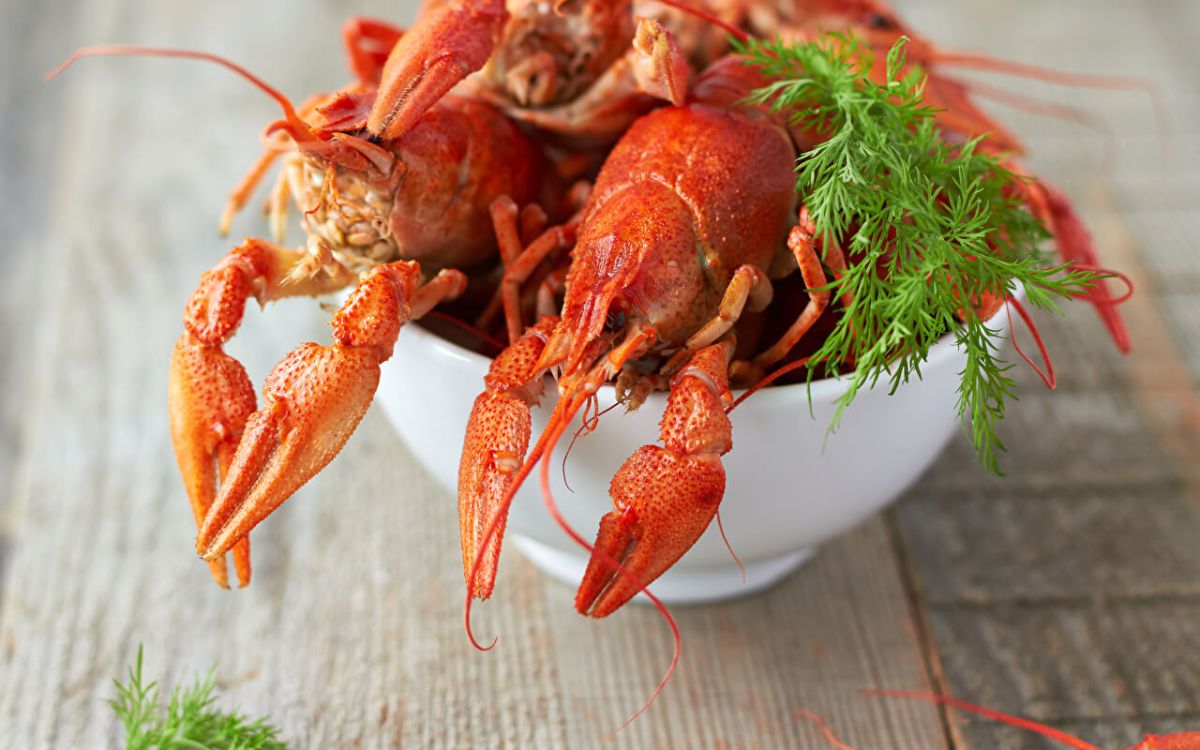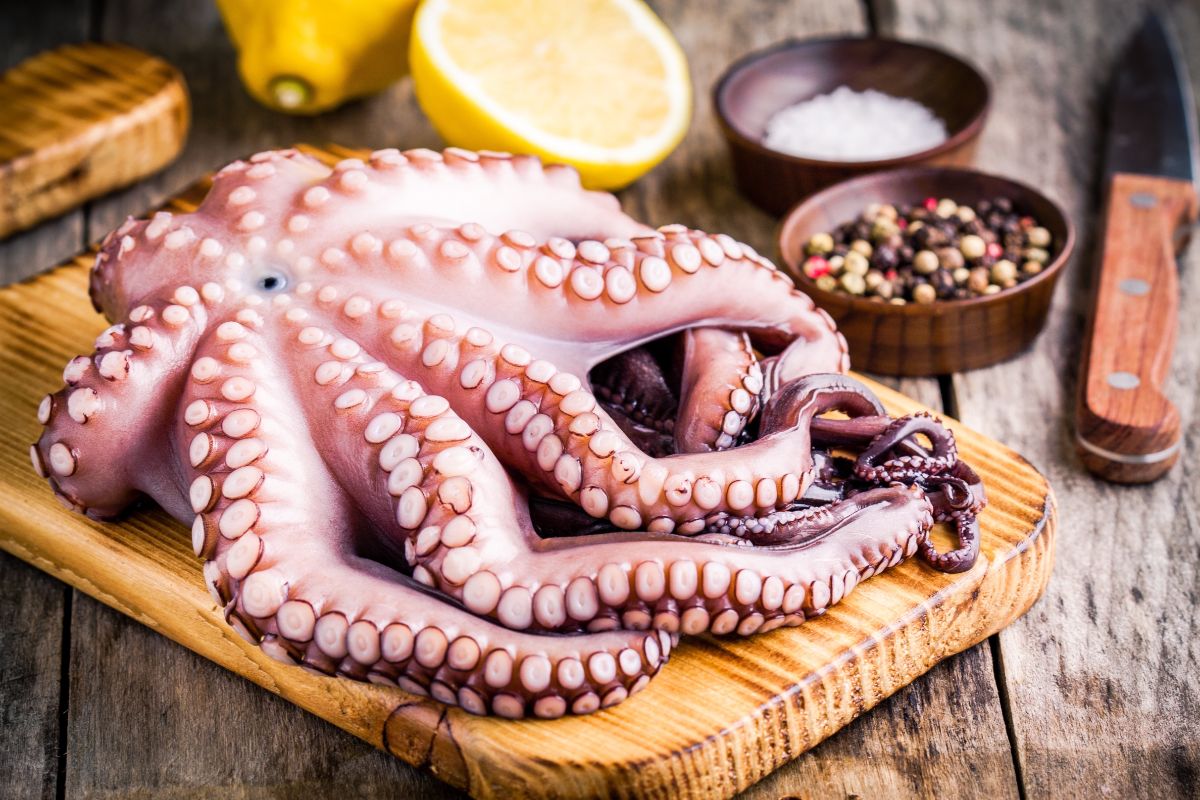What are the benefits of lobsters — 6 proven properties
Lobsters are extremely nutritious and healthy crustaceans that live in almost all seas and oceans of the globe.
The term "lobsters" combines lobsters and lobsters – large marine crustaceans with ten legs. Lobsters differ from lobsters by having massive claws on their forelimbs.
Lobster meat is rich in nutrients and omega-3 fatty acids, which determine its beneficial properties. Their use can improve the health of the cardiovascular, endocrine, hematopoietic and central nervous systems, as well as help in weight loss.
6 useful properties
Below are 6 facts about the benefits of lobsters for our body, which have a scientific basis.
1. Extremely rich composition

Lobsters are a low–calorie food product (about 88-90 calories per 100 grams), which contains the following groups of nutrients:
| Name of the substance | Approximate percentage of daily requirement (per 100 grams) |
| Vitamin E | 7 % |
| Vitamin B3 | 11 % |
| Vitamin B4 | 16 % |
| Vitamin B5 | 33 % |
| Vitamin B6 | 9 % |
| Vitamin B12 | 60 % |
| calcium | 9 % |
| magnesium | 11 % |
| phosphorus | 26 % |
| zinc | 37 % |
| copper | 172 % |
| selenium | 133 % |
Lobsters are also rich in omega-3 fatty acids, which have antioxidant and lipid-lowering effects, and provide prevention of the early development of many chronic diseases and cancer.
2. Maintaining the functioning of the thyroid gland
 Only 100 grams of lobsters contain 133% of the daily value of the mineral selenium.
Only 100 grams of lobsters contain 133% of the daily value of the mineral selenium.
Selenium is essential for the proper functioning of cells Thyroid gland , the production of thyroid hormones (T3 and T4).
It is directly involved in metabolic processes at the level of organ tissues, supports hormone synthesis.
According to the data scientists, with regular intake of sufficient doses of selenium in the body, autoimmune lesions of the thyroid gland, as well as malignant tumors, are much less common.
3. Improving brain health
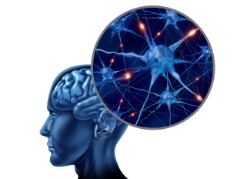 According to the data experts from India, omega-3 fatty acids, which are part of lobsters and lobsters, reduce the severity of aggression and depressive disorders, help to balance the emotional background and
lift the mood
.
According to the data experts from India, omega-3 fatty acids, which are part of lobsters and lobsters, reduce the severity of aggression and depressive disorders, help to balance the emotional background and
lift the mood
.
Polyunsaturated fats also provide a fairly reliable prevention of the development of neurodegenerative pathologies, the frequency of which increases steadily with age (Alzheimer's disease, Peak, Parkinson's disease).
4. Prevention of anemia
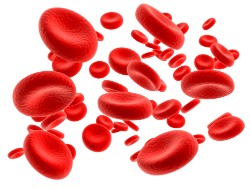 Lobsters rich
vitamin B12, iron and copper. These substances play a role
key
role in the creation of red blood cells in the bone marrow.
Lobsters rich
vitamin B12, iron and copper. These substances play a role
key
role in the creation of red blood cells in the bone marrow.
Iron is a component of hemoglobin, the oxygen carrier that red blood cells consist of. Copper and vitamin B12 regulate erythropoiesis.
Pacific lobsters can be used for therapy (together with medications) and prevention of two of the most common types of anemia – iron- and B12-deficient. The etiology of anemia does not matter.
5. Weight loss
 Lobsters are a low–calorie product rich in valuable proteins with essential amino acids.
Lobsters are a low–calorie product rich in valuable proteins with essential amino acids.
Any high-protein diet, according to scientists from the USA, promotes weight loss and significantly surpasses other diets aimed at weight loss by limiting the calorie content of the diet.
Abundance of proteins in the diet related with the following benefits:
- Appetite suppression. Proteins cause mechanical overflow of the stomach, which depresses the hunger centers in the brain. Proteins also increase the rate of synthesis of "satiety hormones" &8212; cholecystokinin and peptide YY.
- Change in metabolism. Proteins accelerate the breakdown of adipose tissue cells in order to meet the energy needs of the body.
6. Improving the health of the heart and blood vessels
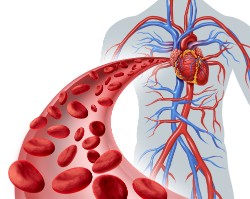 Lobsters contain quite large amounts of omega-3 fatty acids and magnesium.
Lobsters contain quite large amounts of omega-3 fatty acids and magnesium.
Magnesium, according to information It promotes relaxation of the walls of arterial vessels and subsequent reduction of blood pressure.
Therefore, seafood can be used to prevent the early development of hypertension.
Omega-3 polyunsaturated fats normalize cholesterol levels in the blood – reduce the concentration of total cholesterol, as well as atherogenic lipids (TAG and LDL), slightly increase the content of HDL ("useful cholesterol").
Against the background of an adequate lipid profile, the risk of atherosclerotic plaque formation on the walls of arteries and the development of pathologies associated with atherosclerosis (coronary heart disease, myocardial infarction and strokes, chronic cerebral ischemia) is significantly reduced.
Also omega-3 fatty acids prevent the appearance of fatal arrhythmias.
Safety and Harm
 Even lobsters can be harmful to health in hotel cases. The most common side effects include:
Even lobsters can be harmful to health in hotel cases. The most common side effects include:
- Poisoning. Lobsters and lobsters are able to accumulate mercury and other heavy metals in their bodies. Their excessive inclusion in the diet can cause symptoms of poisoning. Pregnant women and children should approach the consumption of lobsters with extreme caution!
- Dyspeptic disorders. Lobsters contain a large amount of proteins that can activate the processes of putrefaction and fermentation in the intestine, disrupt the absorption of nutrients. Disorders manifest themselves in the form of heartburn, pain in the epigastric and umbilical regions, bloating, stool disorders (constipation or diarrhea).
- Allergic reactions. Lobsters are strong allergens. Allergopathologies in the use of these seafood are common and have a systemic nature.
Selection and preparation
It is advisable to give preference to buying live lobsters, as their meat usually deteriorates quickly during storage, and freezing destroys some of the valuable substances.
The basic rules for choosing a product on store shelves are as follows:
- Signs of life. Lobsters and lobsters must move their claws and whiskers and resist when trying to contact them. Within an hour after death, particles of the digestive system begin to be absorbed into the meat, making it unsuitable for consumption.
- The color of the shell. Brown, beige and yellowish shades are allowed. A black color or the appearance of white nets on the shell is a sign of a bacterial or fungal infection.
- Integrity. Lobsters must be whole, the absence of limbs or defects in the shell (cracks, holes) is a reason to refuse to buy.
The next, most important step is proper cooking. The instructions for preparing meat are as follows:
- Place the lobster in the freezer for 2 hours. He will fall into a state of suspended animation.
- Remove the lobster from the freezer and pierce with a knife in the area of the cephalothorax (in the middle of the transverse line).
- Divide the body in half (along the median line).
- Remove the insides (gastric sac next to the head, intestines, caviar).
- Unscrew the claws.
- Extract the meat. To do this, split the claws, cut through the thin shell in several places.
The classic variant of heat treatment is considered to be boiling. Recipe for boiled lobster:
- Immerse the meat in a saucepan and pour water so that it completely covers the lobster.
- Bring to a boil. Cook for 7 to 15 minutes over low heat.
Conclusion
Thus, lobsters contain a lot of valuable proteins and fats, vitamins and minerals that are necessary for humans.
With their regular use, there is an improvement in the health of the heart and blood vessels, thyroid gland, central nervous system, and body weight decreases.
